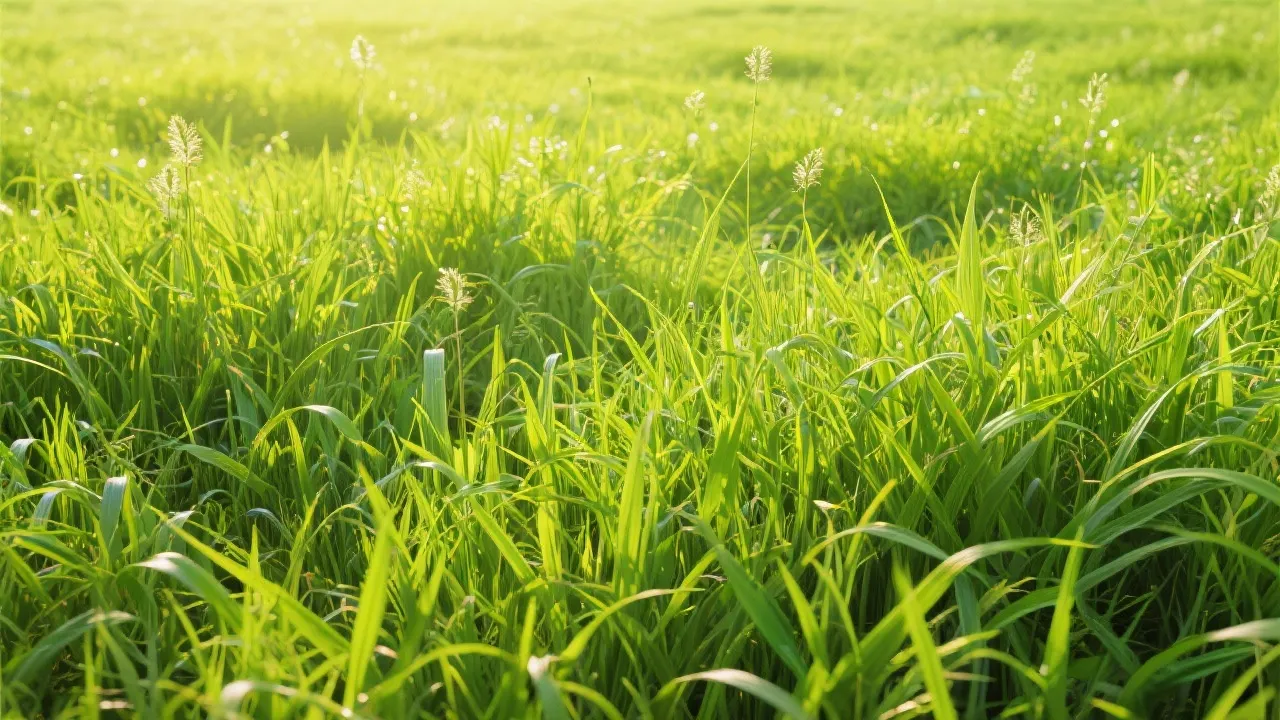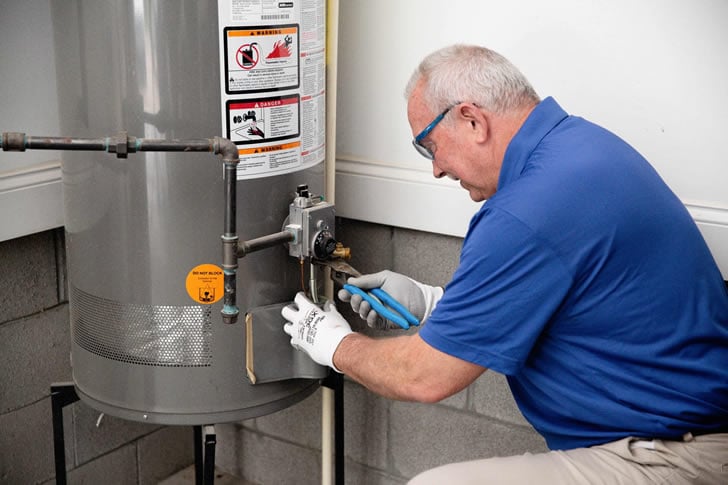Understanding the Zanc Poa Phenomenon
This article delves into the Zanc Poa, a distinct and resilient species of grass known for its adaptability and lush appearance. Gaining popularity in modern landscaping, Zanc Poa offers a sustainable and low-maintenance solution for those seeking a vivid green landscape. Learn about its characteristics, optimal growing conditions, and maintenance tips to enhance your knowledge about this versatile plant.

Unveiling the Characteristics of Zanc Poa
Zanc Poa has become a topic of interest among horticulturists and landscapers for its unique attributes that set it apart from other grass species. Known for its robust nature and vibrant green hue, Zanc Poa thrives in diverse environments, providing an ideal option for creating sustainable landscapes. Its resilience to weather fluctuations makes it a favored choice for those looking to create picturesque settings with reduced maintenance efforts.
Moreover, Zanc Poa is characterized by its capacity to form a dense sod, which helps resist weed encroachment, further enhancing its appeal in landscape design. This quality is particularly important for maintaining the aesthetic quality of lawns and gardens without the excessive use of herbicides. The grass’s growth habits ensure that it can fill in bare spots and recover rapidly from wear, making it ideal for high-traffic areas such as parks, sports fields, and residential lawns.
The Advantages of Zanc Poa in Landscaping
One of the primary appealing aspects of Zanc Poa is its adaptability. Unlike more traditional species that demand specific climates, Zanc Poa can withstand various regions' temperature and humidity ranges. This capacity for endurance translates into lower care requirements without compromising the visual appeal, making it an advantageous option for eco-conscious gardeners. For instance, in regions that experience drought, Zanc Poa requires significantly less water compared to more traditional grass types, thereby conserving this precious resource while still providing a lush green appearance.
Another significant advantage is Zanc Poa’s slow growth rate, which reduces the frequency of mowing. This not only saves time for homeowners but also contributes to lower emissions from lawn maintenance equipment, thereby supporting environmental sustainability. Additionally, its deep root system allows for excellent drought resistance and minimizes soil erosion, making it an excellent choice for sloped landscapes or areas prone to runoff.
Optimal Growing Conditions for Zanc Poa
When considering Zanc Poa for your landscaping needs, understanding its optimal growing conditions is crucial. This grass species prefers well-drained soil and moderate exposure to sunlight. An understanding of seasonal patterns and local climate conditions will further enhance its development, ensuring a flourishing landscape that demands little intervention once established. Zanc Poa thrives best in soils that have a pH level between 6.0 and 7.5, providing a suitable environment for nutrient uptake and growth.
For those looking to establish a Zanc Poa lawn, timing is essential. The ideal planting season varies by region; however, early spring or fall is generally recommended as temperatures are conducive to germination and establishment. During the first few weeks, ensuring adequate moisture is critical to aid the establishment of the young grass, while avoiding over-watering to prevent root rot. Additionally, regular monitoring of soil moisture levels can assist in maintaining the perfect balance that Zanc Poa loves, leading to a robust installation.
Maintenance Tips for a Lush Zanc Poa Lawn
Though naturally low-maintenance, Zanc Poa can benefit from some regular care. Ensuring its lawn receives adequate water, trimming occasionally to maintain the ideal height, and periodic fertilization will promote healthy growth and enhance its verdant appearance. This approach guarantees longevity and a vibrant display throughout the seasons. Proper mowing height is integral; cutting Zanc Poa too short can stress the grass and diminish its health. Ideally, it should be maintained at around 2 ½ to 3 inches high to promote deep rooting and reduce weed competition.
Additionally, aeration can be beneficial, especially in compacted soil conditions. Aerating the lawn allows air, water, and nutrients to penetrate the grass roots more effectively, which can significantly improve overall health and appearance. Furthermore, it’s advisable to apply a slow-releasing fertilizer once or twice a year to provide essential nutrients that promote vigorous growth and resilience against pests and diseases.
Pest management is also an essential aspect of maintaining a healthy Zanc Poa lawn. Keeping an eye out for common pests such as grubs or billbugs and taking early action when they are spotted can prevent further damage. Integrated pest management practices, including natural predators or organic solutions, can minimize chemical interventions while effectively managing pest populations.
Zanc Poa: A Case for Sustainability
Emphasizing sustainability, Zanc Poa provides an eco-friendly alternative to more traditional grass species. Its low water needs and minimal soil amendment requirements align with environmentally conscious landscaping practices, fostering biodiversity and reducing ecological footprints. Moreover, its ability to coexist with native plants enhances soil fertility and contributes to overall ecosystem health. Zanc Poa attracts various beneficial insect species that contribute to pollination and pest control, promoting a balanced ecosystem and further supporting biodiversity.
Additionally, implementing a Zanc Poa lawn can significantly reduce carbon footprints as it serves as a carbon sink, absorbing CO2 from the atmosphere. This characteristic resonates with the increased demand for climate-smart landscaping practices aimed at combating climate change. By using native plants alongside Zanc Poa, landscapers can boost soil health, enhance local wildlife habitats, and create resilient landscapes capable of withstanding various environmental stresses.
An essential component of sustainability is also the reduction of turf area, where Zanc Poa comes into play as a solution to replacing non-native or high-water demand grasses. Utilizing Zanc Poa in public spaces, residential landscapes, and commercial properties can collectively lead to significant water conservation, making it a viable option for communities aiming to achieve green certification and sustainability goals.
Analysis from Industry Experts: Zanc Poa's Increasing Popularity
Experts in horticulture have noted a surge in the use of Zanc Poa as a preferred landscaping choice. This is largely attributed to its ecological benefits and striking aesthetic. Industry leaders advocate for greater incorporation of such species, viewing them as a viable response to the pressing demands of climate change and resource scarcity. The endorsement from landscape architects and environmentalists alike has contributed to a renewed interest in this grass species, particularly in urban landscaping where creating green spaces is essential for urban heat mitigation and improved air quality.
Innovative landscaping techniques, such as xeriscaping and permaculture, have also increased the relevance of Zanc Poa. These practices aim to reduce the need for supplemental irrigation and chemical fertilizers while maintaining beautiful, functional landscapes. Experts emphasize education regarding Zanc Poa and its benefits, informing the public on how to effectively incorporate it into various design concepts and garden styles. Workshops and seminars have become increasingly common, bringing together enthusiasts and professionals to share insights and strategies for maximizing the potential of Zanc Poa in diverse settings.
Furthermore, as climate-change-related challenges become more pronounced, industry experts promote Zanc Poa’s versatility in adapting to changing weather patterns. Its drought resistance and aesthetic qualities provide a reliable landscape alternative in a world grappling with more extreme weather. Through these discussions, the trend of integrating Zanc Poa into garden designs will likely continue growing, fostering a greater awareness of sustainable practices in the landscaping industry.
Frequently Asked Questions About Zanc Poa
| Question | Answer |
|---|---|
| What sets Zanc Poa apart from other grass species? | Zanc Poa is known for its adaptability and resilience in various climates, maintaining a vibrant green appearance with minimal maintenance. Its density offers weed resistance, making maintenance efforts less intensive. |
| What are the watering requirements for Zanc Poa? | While Zanc Poa is drought-tolerant, regular watering during extended dry periods will support optimal growth and color retention. Deep watering is recommended to encourage root establishment. |
| Can Zanc Poa thrive in shaded areas? | Though it prefers moderate sunlight, Zanc Poa can adapt to partially shaded locations, making it versatile for different landscape designs. However, minimal sunlight can lead to slower growth. |
| How does Zanc Poa contribute to environmental sustainability? | With lower water usage and its ability to enhance biodiversity, Zanc Poa promotes sustainable landscaping practices. Its role in carbon sequestration also benefits the overall environment. |
| Is Zanc Poa suitable for high-traffic areas? | Yes, Zanc Poa's dense growth habit and resilience make it ideal for areas with heavy foot traffic, such as parks, playgrounds, and sports fields. |
| What is the best time to plant Zanc Poa? | The optimal planting time for Zanc Poa is during early spring or fall when temperatures are mild, promoting successful germination and establishment. |
| Does Zanc Poa support local wildlife? | Indeed, Zanc Poa provides habitat and food for various beneficial insects and wildlife, thus enhancing local biodiversity in garden settings. |
In sum, incorporating Zanc Poa into your landscaping strategy offers not only aesthetic appeal but also aligns with modern sustainability objectives, making it a valuable asset in contemporary horticultural endeavors. Its ecological benefits paired with its physical attributes prepare it to meet the diverse needs and preferences of gardeners today, establishing itself not just as a trend, but as a cornerstone of sustainable landscaping practices.
As more people become aware of the environmental impacts of landscaping choices, Zanc Poa stands out as a solution that supports sustainability while ensuring a beautiful outdoor space. Its naturalistic appeal and low resource demand enable both homeowners and professionals to create landscapes that flourish with limited inputs while enhancing ecological health. The grass's versatility allows it to be incorporated into various design styles, from formal gardens to naturalistic settings, catering to a wide audience and diverse landscaping needs.
Additionally, exploring the potential of Zanc Poa in combination with complementary plantings can further maximize its contributions to sustainability. Homeowners are encouraged to consider integrating native perennials, shrubs, and trees alongside Zanc Poa, fostering a harmonious environment that benefits local wildlife. This practice creates layered ecosystems, ensuring that gardens provide habitat for various species while enhancing visual interest.
In conclusion, as an emerging star in the world of landscaping, Zanc Poa encapsulates the principles of adaptability, ecological responsibility, and aesthetic charm. Its characteristics make it a frontrunner for those seeking to balance visual appeal and sustainability, offering a pathway toward creating environmentally friendly landscapes that meet the challenges of modern horticulture.









